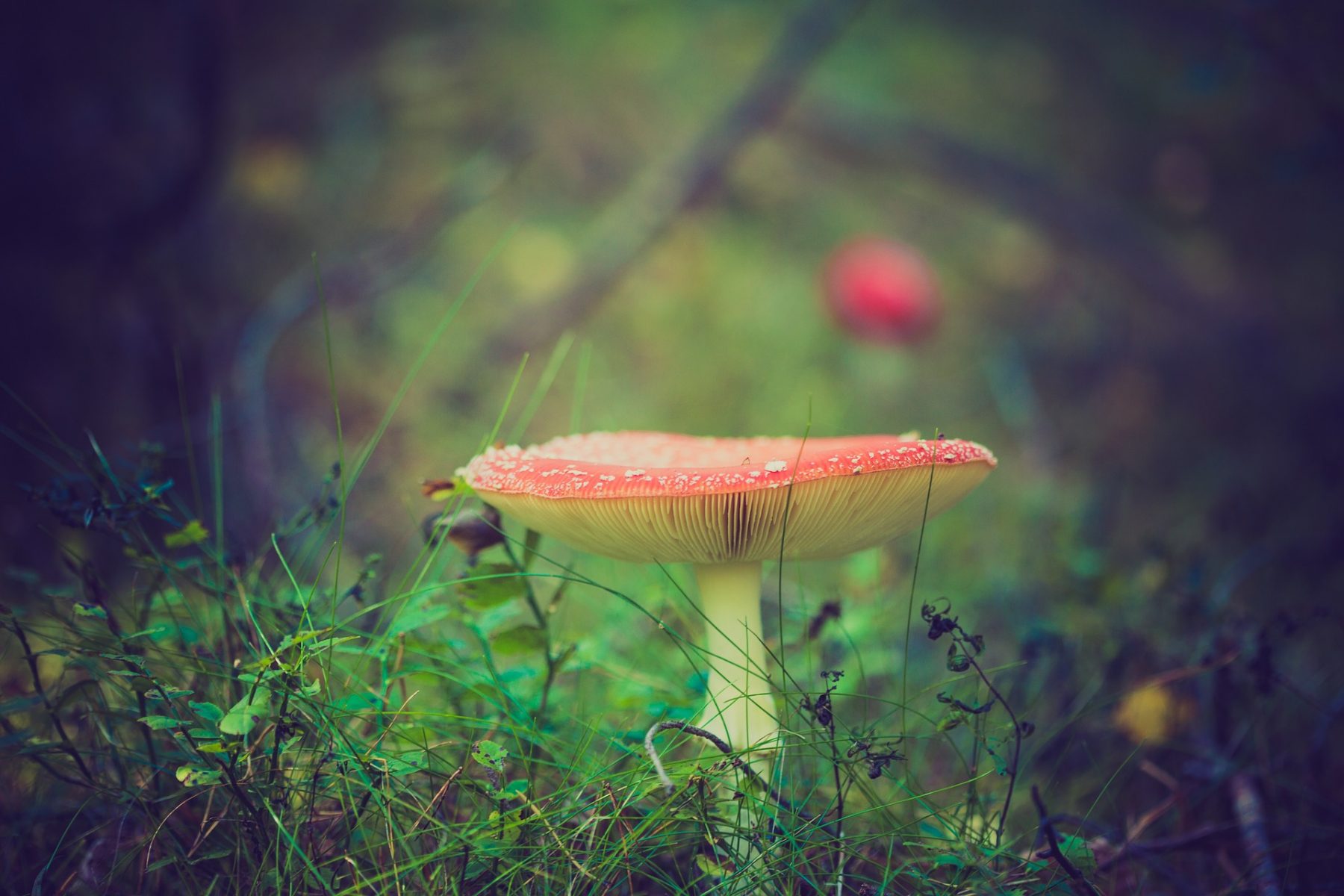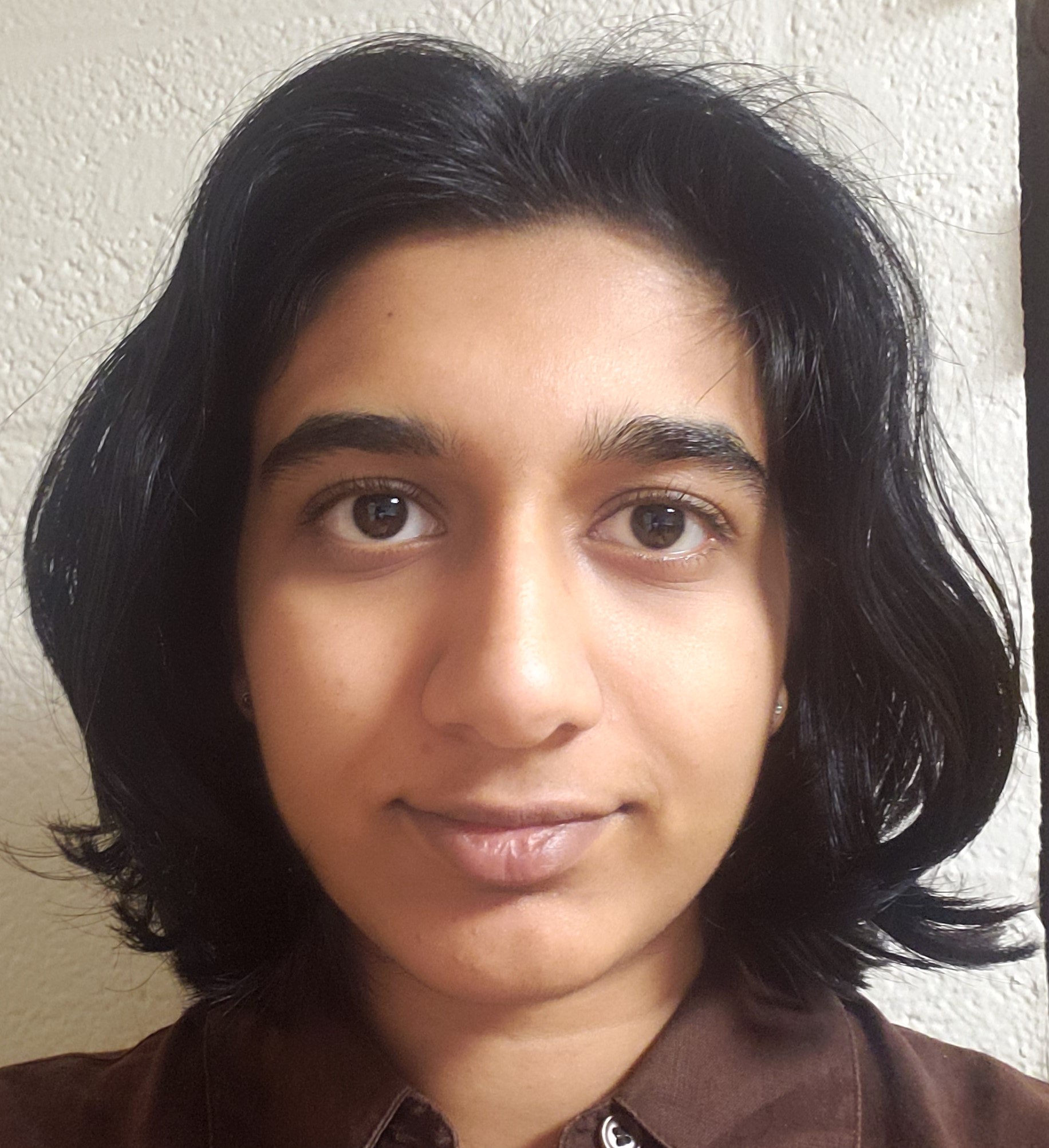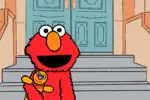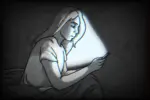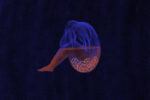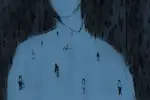The magic mushroom, A miraculous drug in human history. Once used by religious leaders in ancient societies, they have now been downgraded to the same level as other recreational drugs. These psychedelic fungi have their roots deeply ingrained into the evolution of human societies and the human mind. One can marvel at the effect these small, sometimes edible shrooms have had on ancient human brains and religious ceremonies. Yet, in modern times, magic mushrooms no longer hold such incredible power. Why is this? Why has such a powerful weapon in the human evolutionary arsenal been cast aside as a harmful and poisonous recreational drug?
The answer lies in the very history that slowly cast mushrooms away. At first, psilocybin mushroom consumption was limited to those who had devoted themselves to their religion. Only those who had undergone vigorous training to reach the realm of the higher powers — like druids, shamans or priests — could use the psychedelic mushrooms to bring them closer to those they worshiped. Druids used mushroom in conjunction with sweat houses to enhance their hallucinogenic experience and gain more knowledge.
In some societies, mushrooms were consumed by the common people. Sometimes, “bad trips” occurred, when those that ate the psilocybin-containing mushrooms experienced hallucinations that were more harmful to their psyche than a gateway to higher beings. They classified these experiences as a meeting with supernatural or magical beings. Such hallucinated encounters possibly led to the development of folktales and creatures of lore. Many aspects of Irish mythology, for example, are connected to images of mushrooms, adding weight to this theory.
But even before mushrooms influenced societies and cultural ideas in this way, they were possibly influencing the way human beings evolved. A theory spread by Terrence McKenna explains that the psilocybin in the magic mushrooms supposedly affected brain chemistry and induced higher levels of thought, imagination and religious ideals. This consequently joined the unique sociability of the human species to give their brains a huge boost.
The theory was originally mocked as coming from a tripping pseudo-scientist. But recent anthropological evidence has begun to support the theory. Mushroom spores on ancient bones and cave paintings featuring the unique rounded shape of the mushroom have been found worldwide. The addition of the psilocybin mushroom into evolutionary theory certainly fills in for quite a few unknowns.
Despite having such a big influence in possibly bringing humans to where we are now, mushrooms were eventually portrayed as a vile and poisonous substance that causes a lot of harm. As colonialism spread, imported religions purveyed the idea that the local practices did not follow the proper virtues of that society and must be condemned. Mushrooms, now seen as being unholy, went underground with these practices.
Famines and other natural occurrences spurred migration, and people did not know how to apply their previous knowledge of the earth to the new environment. Slowly, less and less people were aware of the use of mushrooms. Until they were finally put into the same category as other recreational drugs used today.
But is it really fair to do so? Mushrooms, and the raw forms of many drugs, have been used by many throughout history for medicinal properties. Different parts of the cannabis plant, for example, were used not just for healing and cooking in ancient times, but also for making cloth and paper among other items. In a broader sense, using the term drug for psilocybin mushrooms is technically correct, but the reductive term takes away from the long history of mushrooms and their potential in modern medical and psychological fields.
Several scientists have used mushrooms in their research, looking for any useful effects the drugs in them can have on the human brain. Researchers at Harvard were even studying these effects in 1960, but it was shut down due to mounting negative criticism and the murky ethicality of their methods. By the end of the decade, the U.S. had classified the chemicals found in these mushrooms as illegal.
As a new century approached, however, the regulations on psilocybin allowed more freedom for research, leading to a resurgence of interest in magic mushrooms. From helping cancer patients to treating clinical mental health conditions such as depression and anxiety, magic mushrooms have now been proven to have a wide range of applications. In countries where the laws surrounding psilocybin are more relaxed, organizations conduct strict, supervised trips by consuming magic mushrooms.
From being a highly coveted substance to being thrown into historical mud, magic mushrooms have gone from one extreme to another. The ideals and images that surround mushrooms have changed over time and across borders, creating superstitions with roots in human evolution. It all goes to show that one cannot really place magic mushrooms and their effects into one category.
Their mind altering effects are certainly amazing, but like any other chemical substance out there, it has its downsides as well — bad trips or being downright poisoned being the bigger cons on the list. But as research has shown, perhaps it needs to be placed on a more neutral ground. The drastic effects magic mushrooms have on modern society might just come from their medicinal properties.
Either way, it is clear that these mushrooms are tied to human beings in a deep way, one that is as mysterious as it is misunderstood. And that magic mushrooms will continue to walk alongside humans on their path to the future.


